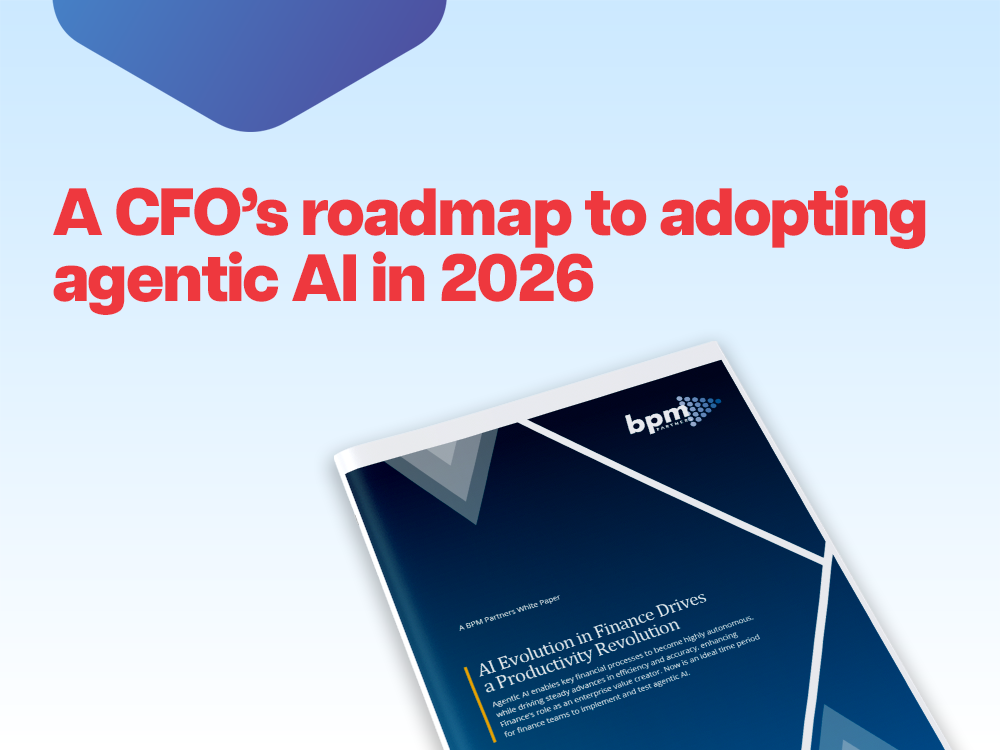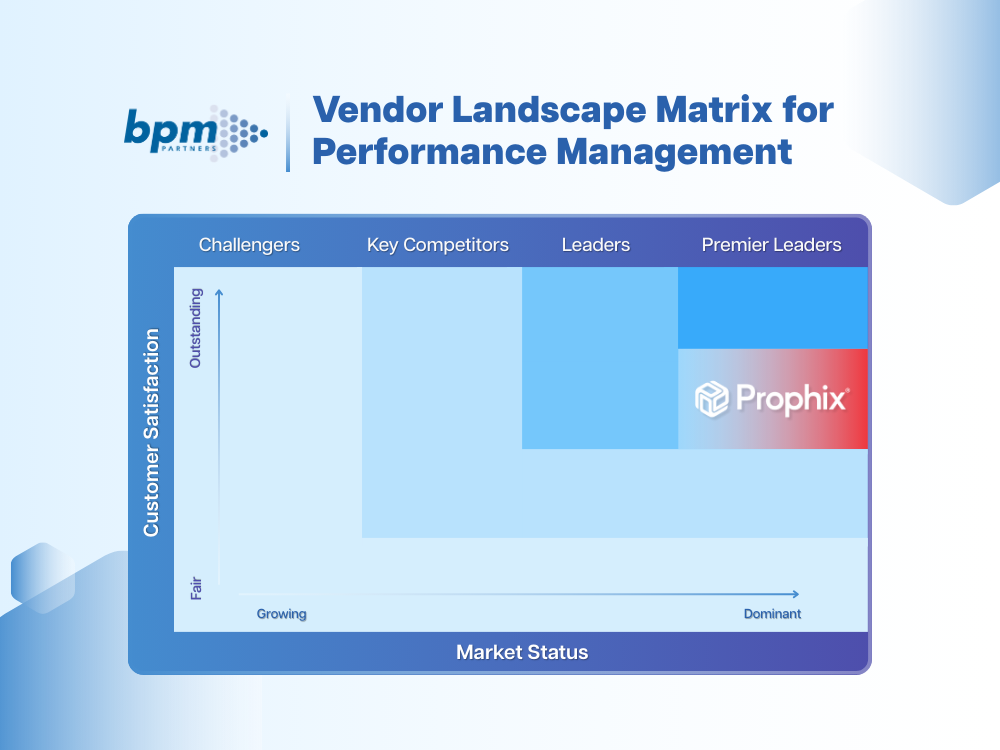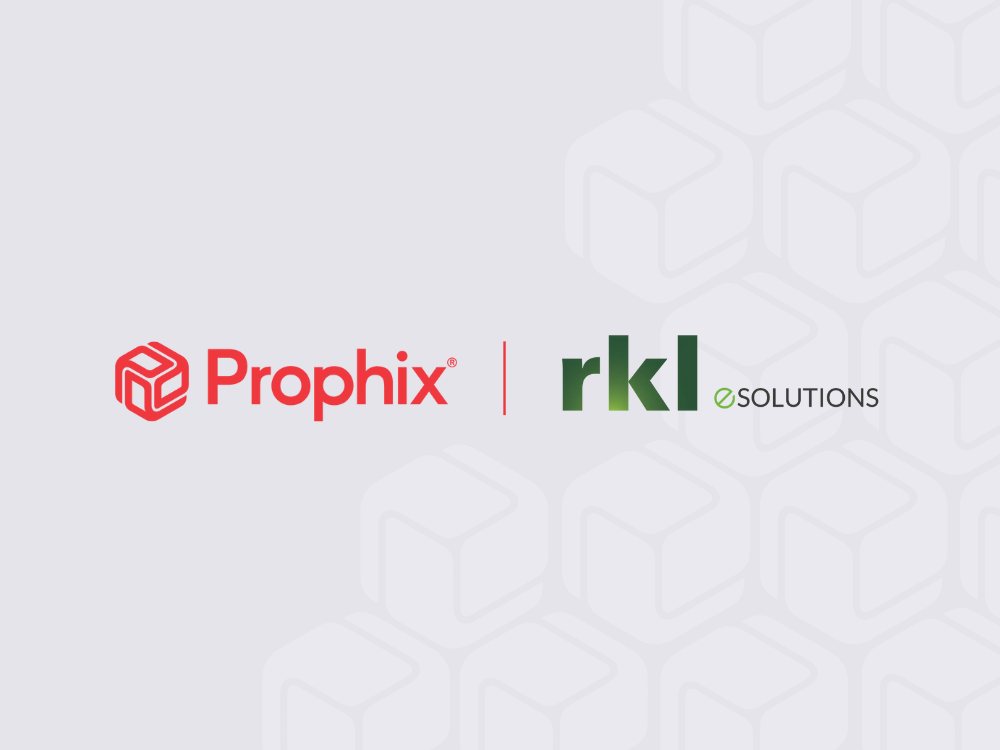Download Analyst Report
Zero-based budgeting: pros and cons
A fresh look at the benefits and drawbacks of zero-based budgeting and how modern finance teams are using automation to simplify it.
November 6, 2025Budgeting season is here. As organizations recalibrate costs and plan for the coming year, many ask: should we begin from zero, or build on last year’s base? Zero-based budgeting (ZBB) offers a disciplined, fresh approach to expense allocation, but it also has trade-offs, especially in complex environments.
In this article, you’ll learn the benefits and drawbacks of zero-based budgeting, how to implement it effectively, and how AI-powered tools like the Prophix One Budgeting Agent are making it easier to manage.
What is zero-based budgeting?
Zero-based budgeting is a method in corporate budgeting where each new cycle starts from a “zero base.” Unlike incremental budgeting where last year’s budget serves as the baseline and departments request adjustments, ZBB requires every expense to be justified from scratch, regardless of past spending.
Every line item must be supported by clear rationale, alternatives, and data. The process forces organizations to evaluate costs through the lens of current goals rather than habits.
Benefits of zero-based budgeting
Zero-based budgeting offers several advantages, especially for finance teams seeking control, transparency, and alignment:
- Optimized cost management
By resetting to zero, ZBB surfaces unnecessary or redundant spending, helping leaders focus on what truly drives value. - Strategic resource allocation
Each request must tie directly to strategic priorities. This ensures that resources flow to high-impact initiatives rather than legacy programs. - Accountability and transparency
Requiring departments to defend every expense foster ownership and clear communication across the organization. - Improved data quality
The ZBB process promotes consistent, auditable data as an essential foundation for analysis and reporting. - Greater adaptability
In periods of economic uncertainty, ZBB helps finance teams stay nimble and pivot resources quickly. - Enhanced forecasting and scenario planning
Because every cost is explicit, teams can run “what-if” analyses and reforecast faster using integrated planning software like Prophix One.
Together, these benefits make ZBB a strong fit for finance teams that want to balance agility with accountability.
Drawbacks of zero-based budgeting
One of the key drawbacks of zero-based budgeting is that it can be labor-intensive and time-consuming. Every department must justify all expenses, gather documentation, and build decision packages, often a heavy lift for large organizations.
Other common drawbacks include:
- Short-term bias
ZBB can prioritize immediate returns, sometimes at the expense of long-term investments like R&D or culture programs. - Change fatigue
Teams accustomed to incremental budgets may resist the shift, leading to friction or delays. - Measurement challenges
Not all initiatives have quantifiable outcomes, making it difficult to allocate funds and justify expenses for some functions. - Limited visibility beyond one year
Because ZBB focuses on the current cycle, multi-year projects can lose momentum without careful oversight.
For these reasons, many organizations adopt a hybrid approach, applying ZBB selectively to discretionary spending or new initiatives, while maintaining traditional methods for stable cost areas.
How to implement zero-based budgeting effectively
Zero-based budgeting can drive meaningful change when executed with structure and collaboration. Here’s how to make it work:
- Define clear objectives
Establish strategic priorities and cost targets before the process begins.
- Identify cost drivers and decision units
Break the organization into logical decision units and understand the levers that affect spending.
- Classify and justify expenses
Group each expense into essential, strategic, supportive, or discretionary. Document the purpose, risks, and alternatives.
- Rank and allocate funding
Use consistent evaluation criteria to compare packages and allocate resources based on impact.
- Review and adjust continuously
Track performance against the plan and adjust as priorities evolve. Pair ZBB with rolling forecasts to stay responsive year-round.
Best practices:
- Start small with one department or category.
- Ensure transparency through shared frameworks and communication.
- Use FP&A software to centralize data and workflows.
- Reassess the process annually for efficiency gains.
Zero-based budgeting in the age of autonomous finance
Traditionally, the most significant challenge with zero-based budgeting was its administrative load. But automation and AI are now removing much of that friction.
With Prophix One Budgeting Agent, finance teams can:
- Automate data validation and budget entry
- Apply natural language updates (“increase travel by 10%”)
- Consolidate budgets faster
- Maintain full auditability and explainability
This technology is part of Prophix’s autonomous finance strategy combining automation, AI, and analytics to move finance from manual processes to guided, intelligent workflows.
By embedding automation into the budgeting cycle, organizations can realize the control of ZBB without the resource strain that often comes with it.
Alternatives and complements to zero-based budgeting
ZBB is one of several budgeting methods available. Depending on your organization’s needs, you might consider these approaches:
- Incremental budgeting – Adjust last year’s budget for inflation or growth; fast but less precise.
- Activity-based budgeting (ABB) – Builds budgets around activity drivers, linking spending to operational goals.
- Rolling forecasts – Continuously updates forecasts to reflect real-time performance.
- Value proposition budgeting – Ensures every expense adds measurable value.
- Scenario or driver-based planning – Models multiple business outcomes to guide better decisions.
Each method has its place. Many finance teams blend techniques to balance efficiency with insight.
Conclusion: Zero-based budgeting pros and cons and next steps
Zero-based budgeting offers clarity, accountability, and sharper cost control — but it’s not without challenges. Its detailed nature demands time and collaboration, which can strain resources. Yet with modern planning tools and AI-driven automation, those barriers are fading.
If you’re exploring ZBB, start small, build transparency, and let technology handle the heavy lifting.
Ready to try it yourself?
Watch a demo of Prophix One and see how automation powers modern budgeting.





